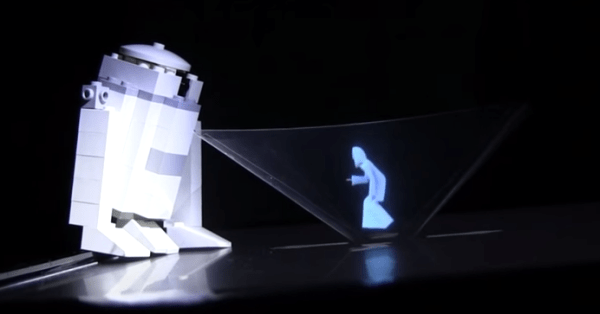Every year, Vitamin T holds a #ATXPumpkinChallenge for creative agencies in and around Austin. Each team was given a fake pumpkin and the challenge of making a 15-60 second video. As the reigning champions from last year, [SiteGoals] had to up the ante. So they launched a pumpkin into space.
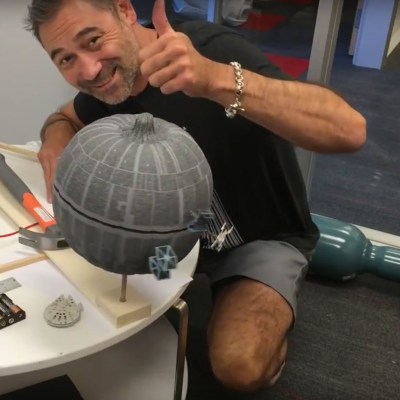 When first given the challenge, it only took the team 3 simple words to get started. Pumpkin. In. Space. What followed was a week-long frenzy of preparing the pumpkin for its maiden flight.
When first given the challenge, it only took the team 3 simple words to get started. Pumpkin. In. Space. What followed was a week-long frenzy of preparing the pumpkin for its maiden flight.
The pumpkin itself is pretty simple. A plastic jack-o-lantern painstakingly painted and detailed to look like the third Death Star. This is makes the title of the project a double-meaning: “Return of the Pumpkin”. They even included iconic spacecraft flying around the equator of the immensely powerful yet questionably vulnerable orb of destruction. Simply launching the pumpkin into space wasn’t enough. They built in a telemetry system and GoPro for recording the voyage. Stick around after the break to see the very entertaining making-of video, set the tune of the Cantina Band.
Continue reading “That’s No Moon Pumpkin, It’s A Space Station”




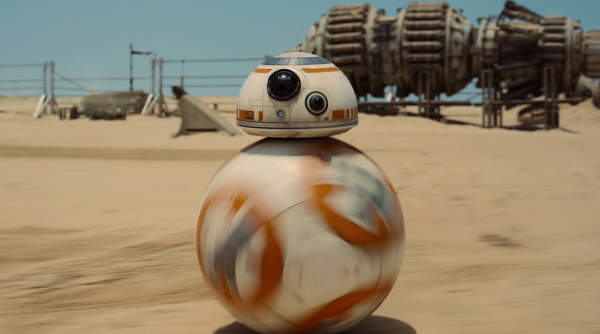
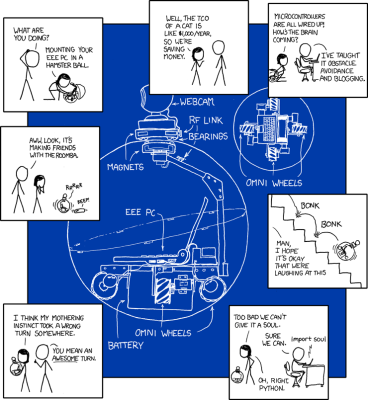
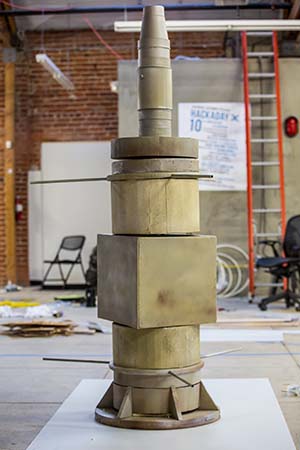 I just wanted to go to Toshi station
I just wanted to go to Toshi station
